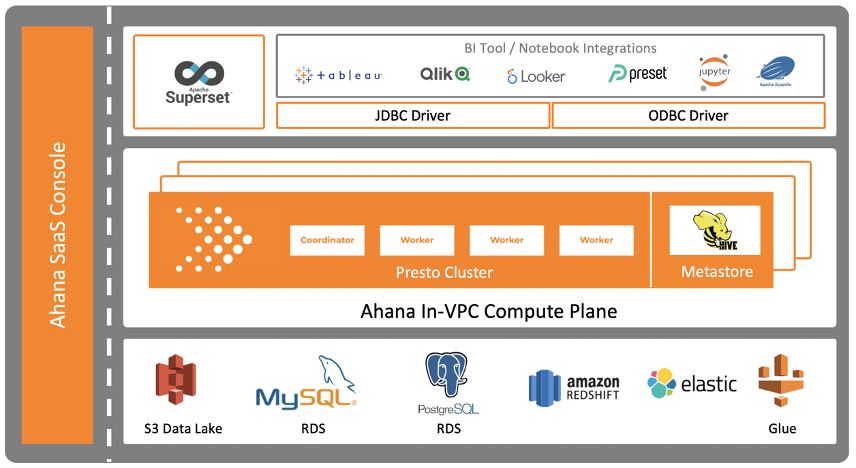AWS Startups Blog
Doxy.me & the Race to Telemedicine: Flying Before You Can Run
Web-based teleconferencing app Doxy.me saw explosive growth in the demand for their services after the COVID-19 pandemic began, with the peak being almost 3,000 sign-ups in a single day. With AWS, they were able to quickly readjust and rapidly scale their hardware to handle the influx. Here’s how they did it.
Meow-to-Consumer: Basepaws’ Early-Stage Sales Growth with Amazon
Basepaws is the world’s first at-home consumer DNA test for cats. Anna Skaya, its CEO and Founder, walks us through how she grew the digital-first startup using Amazon Launchpad and leveraging the power of Prime Day.
A Systematic Approach for Analytics Services Migration from GCP to AWS
In this post, we present a systematic approach to guide customers migrating a few commonly used cloud data analytics services from Google Cloud Platform (GCP) to AWS. Rather than a detailed step-by-step implementation guide for a specific service, the post is intended to provide a holistic view and systematic approach for the migrations of these GCP services to AWS.
CloudZero Helps Companies Optimize Their AWS Spending
CloudZero is a Boston-based cost intelligence platform that helps companies determine how best to invest in their cloud infrastructure. Founded in 2016, the startup uses machine learning to produce up-to-date cost insights, allowing engineers to make informed decisions in real-time when launching new products and features. With such a business, it makes sense that CloudZero has been closely tied in with AWS since the startup was founded.
LogixPath’s Application Migration from Pivotal Web Services to AWS
Linda Guo, founder and CEO of LogixPath, walks through how the software management startup leveraged the AWS free-tier and AWS Activate credits to migrate from Pivotal Web Services to AWS.
XR Streaming: How Holo-Light Solves Major Problems of Augmented and Virtual Reality
Since 2015, Holo-Light focuses on immersive software and technologies. In augmented and virtual reality, they see a big driver for global digitization and a new way of experiencing and interacting with content – from the industrial sector to entertainment and gaming. Here’s what they’re doing.
The Startup’s Guide to Building Tools without Programming Using Honeycode
Build a better way to work. Amazon Honeycode gives you the power to build apps for managing your team’s work. No programming required. Here’s how it works.
Using AWS Marketplace for your Fast-growing Cloud Software Business
Drawing from his experience at three software startups that partnered with AWS Marketplace over the last decade, Ahana Co-founder and CEO Steven Mih has put together some best practices to help make your AWS Marketplace listings successful. To illustrate the point, he’ll use examples here at Ahana, who offers a managed service for Presto in AWS.
How Startups Deploy Pretrained Models on Amazon SageMaker
For most machine learning startups, the most valuable resource is time. They want to focus on developing the unique aspects of their business, not managing the dynamic compute infrastructure needed to run their applications. Productionizing machine leaning should be easier, and that’s where AWS comes in. In this blog post and corresponding GitHub repo, you will learn how to bring a pre-trained model to Amazon SageMaker to have production-ready model serving in under 15 minutes.
Understanding the New World of Office Space with Basking
Overnight, the COVID-19 pandemic reshaped how and where Americans work. By June, according to a survey from Stanford researchers, 42% of the U.S. labor force was working from home full time, with millions more not working at all. For employers, that shift has led to new challenges as they navigate an unprecedented economy. One big question: what to do with all the empty offices?










